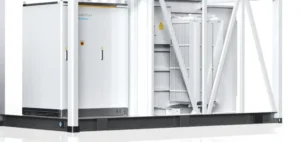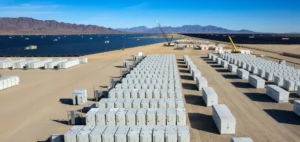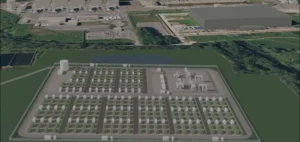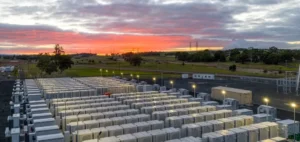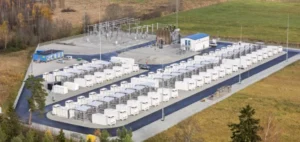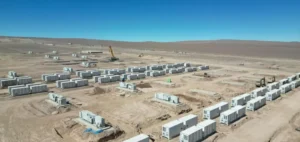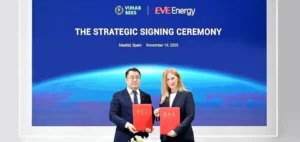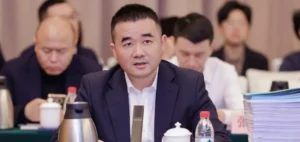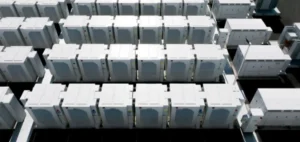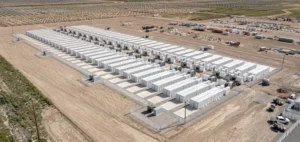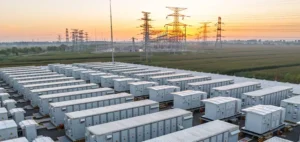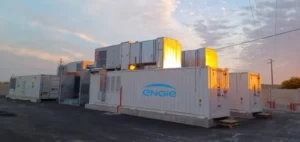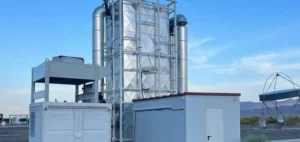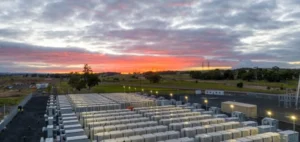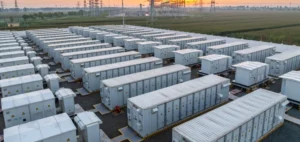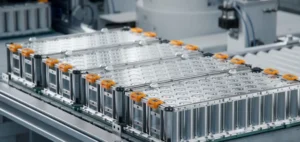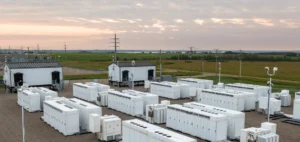Malta announces the completion of its first PHES (pumped heat energy storage) installation. Intended for utility use, this technique is an important innovation for providing cost-effective and stable energy storage.
Malta announces the success of its installation
In fact, this type of large-scale, long-term storage balances the instability of solar and wind energy, which are increasingly present in the global energy mix.
The project was carried out by Malta Inc. and the Southwest Research Institute. Malta is a company based in Cambridge, Massachusetts. The Southwest Research Institute (SwRI) is a non-profit research center. The organization touches many sectors, maritime, energy, medical…
The project is not yet at scale. Eventually, it will be able to store 100 MW for a period ranging from a few hours to 8 days, if not more.
Tim Allison, Southwest Research Institute, states:
“SwRI is a leader in the field of advanced power systems and has conducted extensive research on PHES. With the system’s high-performance potential and its ability to be built anywhere, PHES is an extraordinarily promising energy storage technology.”
It is therefore a real solution to the difficulty of keeping the renewable energy produced in large quantities. In fact, it should be noted that renewable energy has an irregular production. Its storage is therefore essential to avoid necessary energy losses.
The components used remain classic power plant components. It is a low-cost form of storage that is adaptive to demand.
The United States, industry leaders
The United States is investing in renewable energy storage. The project received $2.6 million from the Department of Energy. The country wants to move away from fossil fuels and is therefore banking on the installation of large storage batteries.
By 2021, 6 GW of batteries will have been installed. The American policy is to let the federal states launch their initiatives. New York State alone is targeting 6 GW by 2030.
The country is investing heavily in research and commercialization of storage technologies. For example, DOE has put $50 million per year on the table through 2029. Arpa-e, the technology development agency, has opened a 300 million dollar envelope to help research.




